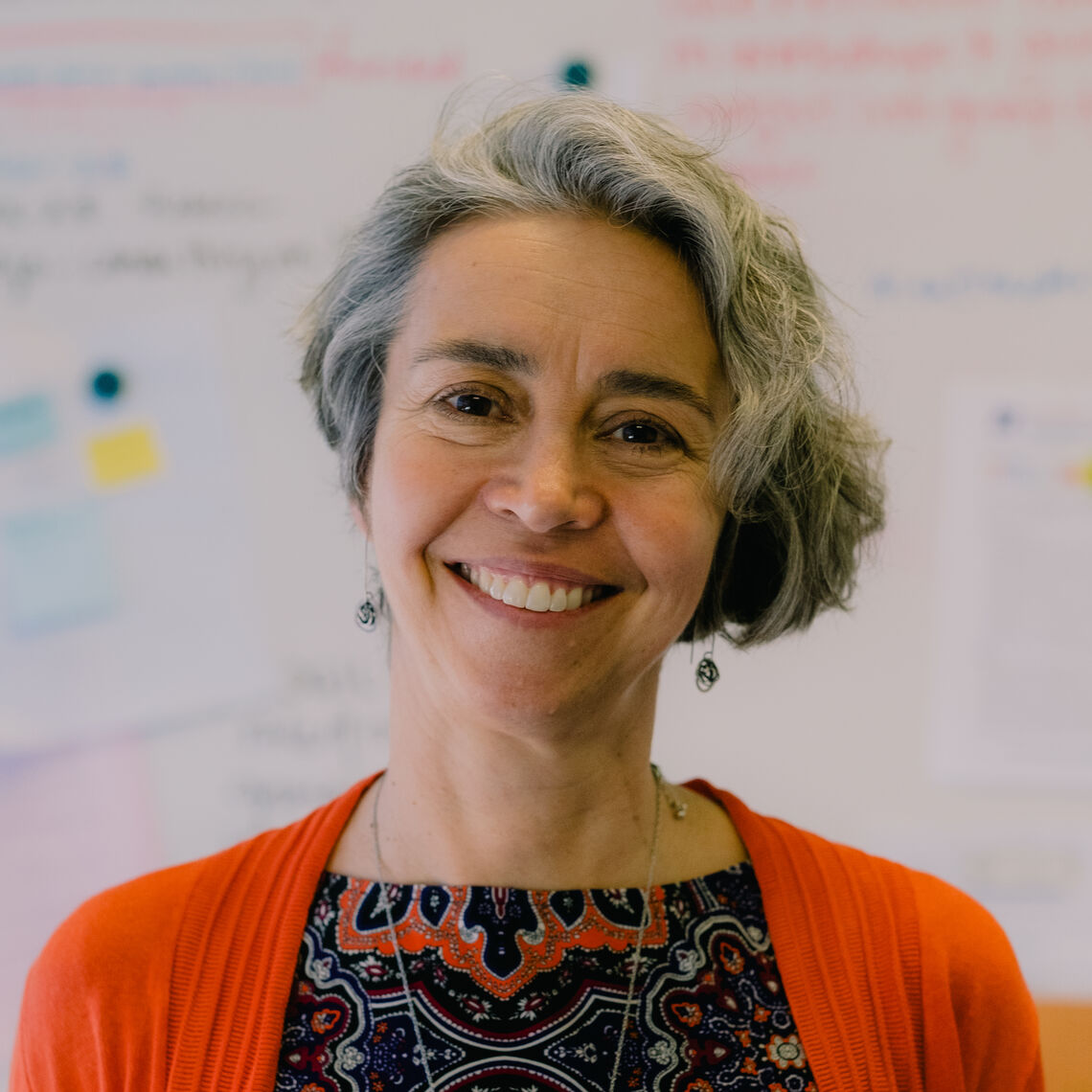Most organizations approach strategic planning with hesitation, if not outright dread. It's an expensive, time-consuming process and often a challenge to get everyone excited and on the same page. Plus, there's no guarantee that a strategic plan will deliver results—or even be used at all.
At The POGIL Project, however, these clichés go out the window. Strategic plans aren't just documents created by leadership and passed down to staff to implement. Instead, members of the POGIL community collaborate on setting priorities and goals for the future.
When it comes time to get work done, practitioners participate in working groups dedicated to realizing The Project's strategic goals. It's a highly participatory, dynamic, and creative process, driven by dedicated volunteers. Dare we say, it's even…fun?
After four years of working toward the goals of the last strategic plan, it's time to begin again. This year's planning efforts kicked off at the 2022 POGIL National Meeting in St. Louis, where 60 members of the POGIL community collaborated on a series of generative exercises led by Susan Shadle, Distinguished Professor of Chemistry and Vice Provost for Undergraduate Studies at Boise State University.
Using The Project's current strategic plan as a starting point, the group reflected on its strengths and areas for improvement. How well has The Project tackled its goal to make the organization more diverse and inclusive? What strides has it made to develop assessments for POGIL learning environments? The planning group even spent some time envisioning the future of The Project, looking ahead five years or more.
For Shadle, who also led The Project’s first strategic planning process in 2012, this approach was the right way to honor the history of the organization while leaving room to grow into something new. "Because the current strategic plan, and how it gets implemented, is so deeply embedded in the community, you can't ask people who are deeply involved in that work, and care about it a lot, to start from scratch," Shadle explained.
"The goal was to take the collective knowledge of The Project, build a general awareness of where we are, and consider what we need as we're moving forward," she continued.
After lots of POGIL-like self-reflection, participants moved on to the brainstorming phase. "You can imagine, in a room full of really passionate, dedicated, committed, and smart people, there are lots and lots of ideas," said Shadle.
"We often get mired in the day-to-day," she added. "'Okay, we've got this task, we have to develop this rubric, we're figuring out how to better curate the Facebook page.' It was, I think, helpful for people, and helpful for the process, to step back and think broadly."
"It's satisfying that The Project listens to, and is interested in, what the membership wants to do," said Nick Roster, a Biology instructor at Northwestern Michigan College who participated in the planning process.
Roster was most impressed by discussions about how to ensure "POGIL activities addressed equity and inclusion." He added, "I think this is really important, not only for the future of POGIL, but for education as a whole."
Over the next year, the Steering Committee will take the many passionate, dedicated, and smart ideas discussed at PNM and transform them into a full draft of a brand-new strategic plan. Then, the real fun begins.

The Evolution of The POGIL Project
"Because the current strategic plan, and how it gets implemented, is so deeply embedded in the community, you can't ask people who are deeply involved in that work, and care about it a lot, to start from scratch." — Susan Shadle